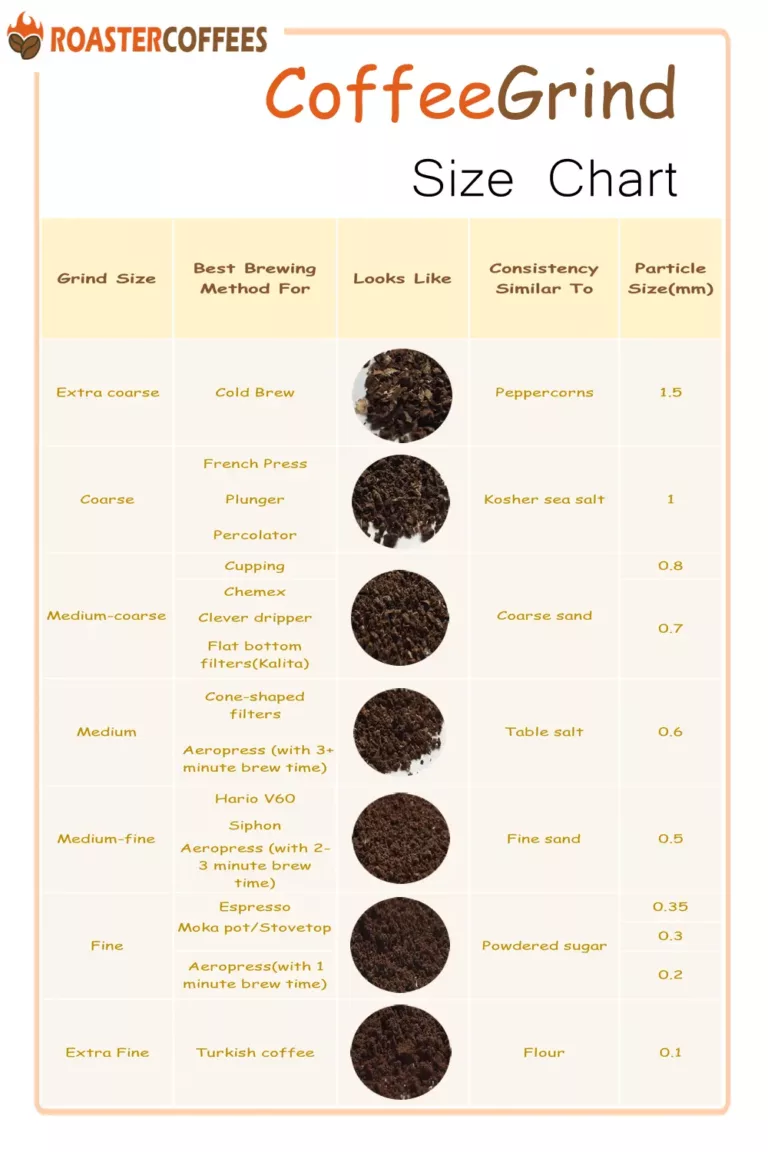Breakfast
Base
| Name | Breakfast |
| Last Name | Coffee |
| Nickname | breakfastcoffee |
| About You | 10 Ways to Improve Your Breakfast Coffee: A Professional Guide to Elevating Your Brew For many, coffee is an essential part of the morning routine, offering a moment of comfort, focus, and energy to kick-start the day. Whether you’re a casual drinker or an avid coffee enthusiast, there’s always room to improve the quality of your morning cup. Making a few key adjustments to your coffee preparation can significantly enhance the flavor, aroma, and overall experience of your daily brew.
In this professional guide, we’ll explore ten ways to improve your breakfast coffee, from selecting the best beans to optimizing your brewing technique. These tips will help you take your coffee to the next level, ensuring that each sip is a rich and rewarding part of your morning ritual. 1. Invest in Fresh, High-Quality Coffee Beans The foundation of great coffee starts with the beans. Freshness and quality are crucial factors that impact the flavor and aroma of your brew. a. Choose Specialty-Grade Coffee Beans Specialty-grade coffee beans, often labeled as “specialty coffee,” represent the top-tier of coffee quality. These beans are sourced from select regions, carefully processed, and graded based on their flavor profile. Specialty coffee tends to have more complex flavors and superior aroma compared to commercial-grade beans. Look for beans with clear origin information and roaster transparency for the best results. b. Opt for Freshly Roasted Beans Coffee beans begin to lose their freshness and flavor within weeks of roasting. For the best possible cup, purchase freshly roasted beans and check the roast date on the packaging. Avoid buying beans that have been sitting on the shelf for months, as they will lack the vibrant flavors of fresh coffee. If possible, buy from local roasters who roast beans in small batches, ensuring maximum freshness. 2. Use a Burr Grinder for Consistent Grind Size The grind size of your coffee beans plays a pivotal role in how the water extracts flavor from the grounds. Uneven or incorrect grind size can lead to under-extracted or over-extracted coffee, resulting in bitter or sour flavors.
a. Why Burr Grinders Are Superior Burr grinders are designed to crush coffee beans uniformly between two abrasive surfaces, ensuring a consistent grind size. In contrast, blade grinders chop beans unevenly, leading to inconsistent particle sizes. Consistency in grind size is key for achieving even extraction and a balanced flavor profile. b. Match the Grind Size to Your Brewing Method For example, a fine grind works best for espresso, while a coarse grind is ideal for French press. Make sure to adjust your grinder settings according to your brewing method to maximize flavor. 3. Measure Coffee and Water Precisely Precision is critical in coffee brewing. Using the correct coffee-to-water ratio ensures that your coffee is neither too weak nor too strong. a. Use a Digital Scale Instead of relying on scoops or teaspoons, use a digital kitchen scale to measure your coffee and water. This will provide a consistent ratio every time, allowing you to dial in your brew and avoid guesswork. b. Standard Coffee-to-Water Ratios A common coffee-to-water ratio for drip or pour-over brewing is 1:15 to 1:17. This means using one gram of coffee for every 15 to 17 grams of water. Adjusting this ratio slightly can change the strength and flavor of your coffee, so feel free to experiment to find your perfect balance. 4. Filter Your Water for a Cleaner Taste Since coffee is mostly water, the quality of the water you use can have a significant impact on the final taste of your brew. Hard water, which contains minerals like calcium and magnesium, can mute the delicate flavors of coffee, while unfiltered tap water may introduce off-flavors like chlorine. a. Use Filtered or Bottled Water To improve the taste of your coffee, use filtered water to remove impurities and unwanted minerals. Alternatively, bottled water with a neutral mineral balance can enhance the clarity and brightness of your coffee. b. Avoid Distilled Water While filtered or bottled water is ideal, avoid using distilled water, which lacks minerals entirely. A small amount of minerals in the water helps extract the flavor from coffee grounds, contributing to a well-rounded taste. 5. Experiment with Different Brewing Methods Exploring different brewing methods can open up new dimensions of flavor and allow you to fine-tune the taste of your coffee to your preference. a. Pour-Over for Clarity and Control The pour-over method, using devices like the Hario V60 or Chemex, offers precise control over brewing time, water flow, and temperature. This method tends to highlight clarity and brightness, making it ideal for single-origin coffees with complex flavor profiles. b. French Press for a Richer Body The French press is an immersion brewing method that creates a fuller-bodied cup of coffee. Because it allows coffee oils and fine particles to remain in the brew, the result is a richer and more robust flavor, perfect for those who enjoy a strong and hearty cup. c. Espresso for Concentrated Flavor If you prefer a strong, concentrated coffee with intense flavor, an espresso machine might be the right choice. Espresso offers a bold shot of coffee, which can be enjoyed on its own or used as a base for drinks like lattes or cappuccinos. 6. Control Your Water Temperature Water that is too hot can over-extract the coffee, resulting in bitter flavors, while water that is too cool can under-extract, leading to a weak and sour taste. a. Ideal Brewing Temperature Use a thermometer or an electric kettle with temperature control to ensure that your water is within this range. If you don’t have a thermometer, let the water sit for about 30 seconds after boiling to cool slightly before pouring. b. Adjust Temperature for Different Coffees Darker roasts may benefit from slightly cooler water temperatures, while lighter roasts often shine with hotter water. Experimenting with water temperature can help you bring out the best characteristics of each roast. 7. Store Your Coffee Beans Properly Exposure to air, moisture, heat, and light can cause coffee beans to degrade, leading to stale flavors. a. Use an Airtight Container Store your coffee beans in an airtight container to prevent exposure to oxygen, which accelerates the degradation process. Vacuum-sealed containers or containers with one-way CO2 valves are excellent options for preserving freshness. b. Avoid Refrigeration Refrigerating or freezing coffee beans can introduce moisture and odors that negatively affect the flavor. Instead, store your beans in a cool, dark, and dry place, such as a pantry or cupboard. 8. Preheat Your Equipment To maintain a consistent brewing temperature, it’s important to preheat your coffee brewing equipment. Cold brewing equipment can lower the water temperature, leading to inconsistent extraction and a less flavorful cup of coffee. a. Preheat Your Pour-Over Device or French Press For pour-over methods, preheat your dripper and carafe by rinsing them with hot water before brewing. For the French press, fill the press with hot water and let it sit for a minute to warm up before adding your coffee grounds. b. Warm Your Coffee Mug Preheating your coffee mug helps to maintain the temperature of your coffee longer. Pour hot water into the mug and let it sit while you prepare your coffee, then empty the water before pouring in your brew. 9. Experiment with Fresh Milk and Creamers If you enjoy adding milk, cream, or non-dairy alternatives to your coffee, experimenting with different types can enhance your coffee experience. a. Whole Milk for Creaminess Whole milk adds a creamy, rich texture to coffee, balancing out its bitterness and adding a subtle sweetness. For a more luxurious mouthfeel, try steaming or frothing the milk before adding it to your coffee. b. Non-Dairy Alternatives If you prefer plant-based creamers, options like oat milk, almond milk, and soy milk offer unique flavors and textures. Be mindful that some non-dairy alternatives can curdle when added to hot coffee, so it may be helpful to heat the milk first or choose a barista version designed for coffee. 10. Keep Your Coffee Equipment Clean Regularly cleaning your coffee equipment is crucial for maintaining the quality of your brew. Coffee oils and residue can build up over time, leading to off-flavors and bitterness in your coffee. a. Clean Your Grinder Coffee grinders, especially burr grinders, can accumulate coffee particles and oils that can affect the taste of your brew. Make it a habit to clean your grinder regularly by removing the burrs and brushing away any coffee residue. b. Descale Your Coffee Maker If you use a drip coffee maker or espresso machine, descaling is an essential maintenance task. Over time, minerals from water can build up inside the machine, affecting its performance and the taste of your coffee. Use a descaling solution or a mixture of water and vinegar to remove these deposits. c. Clean Your Filters Reusable filters, such as metal or cloth filters, can harbor oils and coffee particles, leading to a stale taste. After each use, thoroughly rinse and clean the filters to ensure they remain free of residue. Conclusion Improving your breakfast coffee doesn’t require a complete overhaul of your routine, but making small adjustments can lead to significant enhancements in flavor, aroma, and overall satisfaction. From investing in high-quality beans to experimenting with brewing methods and maintaining clean equipment, these ten tips will help you elevate your coffee experience and start each day with a perfect cup. Whether you’re a seasoned coffee enthusiast or a casual drinker, these practices will bring out the best in your brew and make your morning ritual more enjoyable.
|




